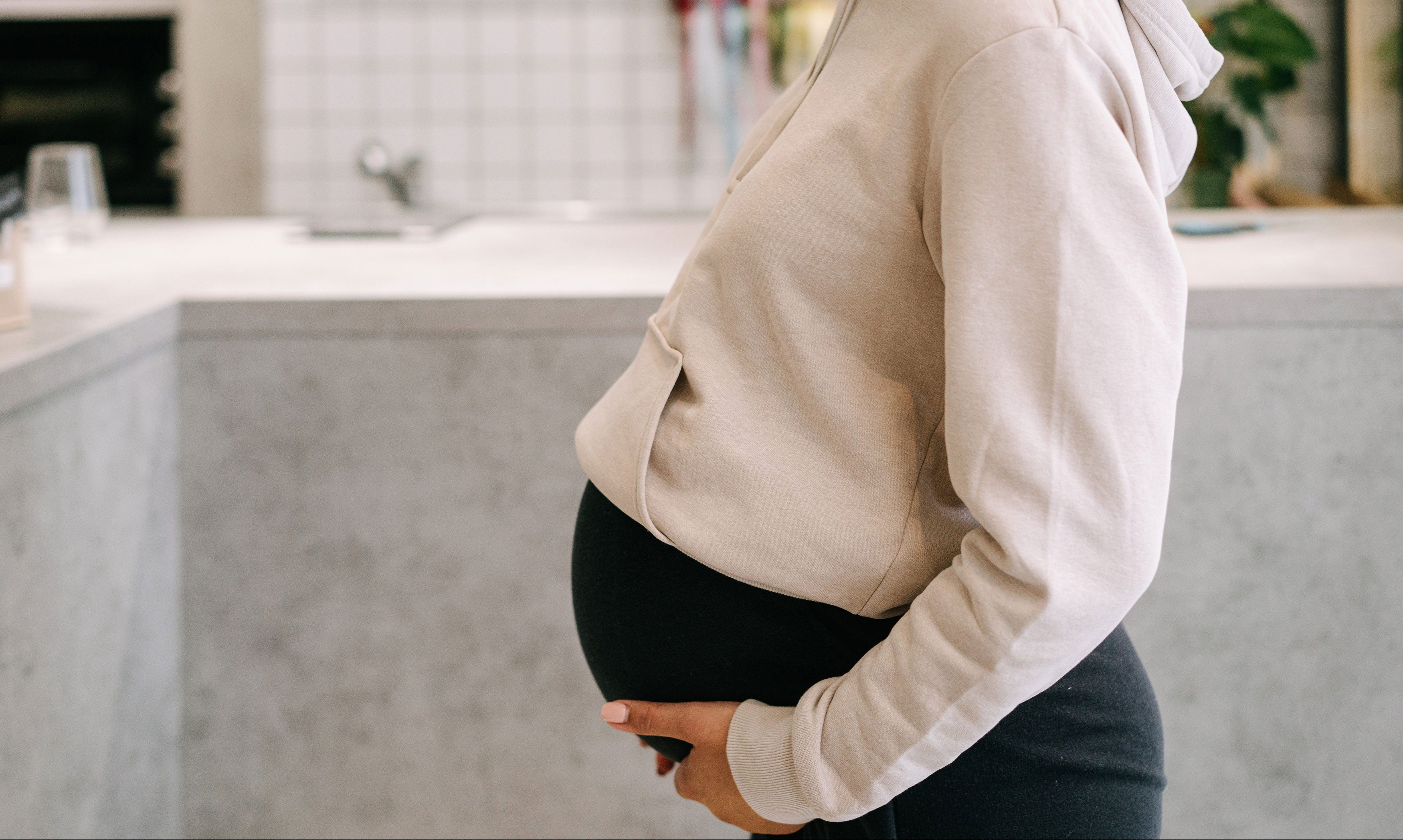As a Pelvic Health Physiotherapist, one of the most common concerns that women come to me about is Diastasis Recti. It’s important you understand what it is, what to look out for and what you can do to help. In this blog, I’ve outlined the key signs and what you can do during pregnancy to help it.
What is Diastasis recti?
Diastasis recti is a common condition that affects the abdominal muscles. It occurs when the connective tissue, called the linea alba, which runs down the middle of your abdomen, known as the linea alba, becomes stretched or weakened. This causes separation of the abdominal muscles. While anyone can develop diastasis recti, it is much more common to occur as a result of pregnancy and childbirth.
As you can imagine, in order for babies to grow, some abdominal separation has to occur as the linea alba stretches and lengthens. It is not something to fear, this is just a natural part of the changes which happen to our bodies during pregnancy.
Research has shown that 100% of women have some abdominal separation at 35 weeks of pregnancy, so instead we can’t prevent it, but there are a few things to be mindful of during pregnancy.
The most common symptom is a visible bulge, or doming in the centre of the abdomen which may be more noticeable when you contract your abdominals when sitting up, from a lying down position. Please do not panic if you do notice any bulging but take it as a sign to listen to your body and consider making some changes!
If you do have any worries about your abdominal separation, please do not hesitate to seek further medical advice.
Some changes you should consider:
Here are three things you can do during your pregnancy to help your tummy muscles.
- Adapt exercises as needed. As your pregnancy progresses you will need to adapt your workout routine and modify your movements.
- Prevent constipation. While this is common during pregnancy, try not to strain if you can help it, as this puts a lot of pressure on our tummy muscles and the connective tissue which can contribute to further abdominal separation. Try other methods to reduce staining such as deep breathing, or putting your feet on a stool.
- When getting in and out of bed, roll onto your side, rather than doing a sit-up motion, avoiding causing any unnecessary straining on your abdominal muscles.
Disclaimer: This article is for information only and should not be used for the diagnosis or treatment of medical conditions. For The Creators has used all reasonable care in compiling the information but make no warranty as to its accuracy. Consult a doctor or other health care professional for diagnosis and treatment of medical conditions.
